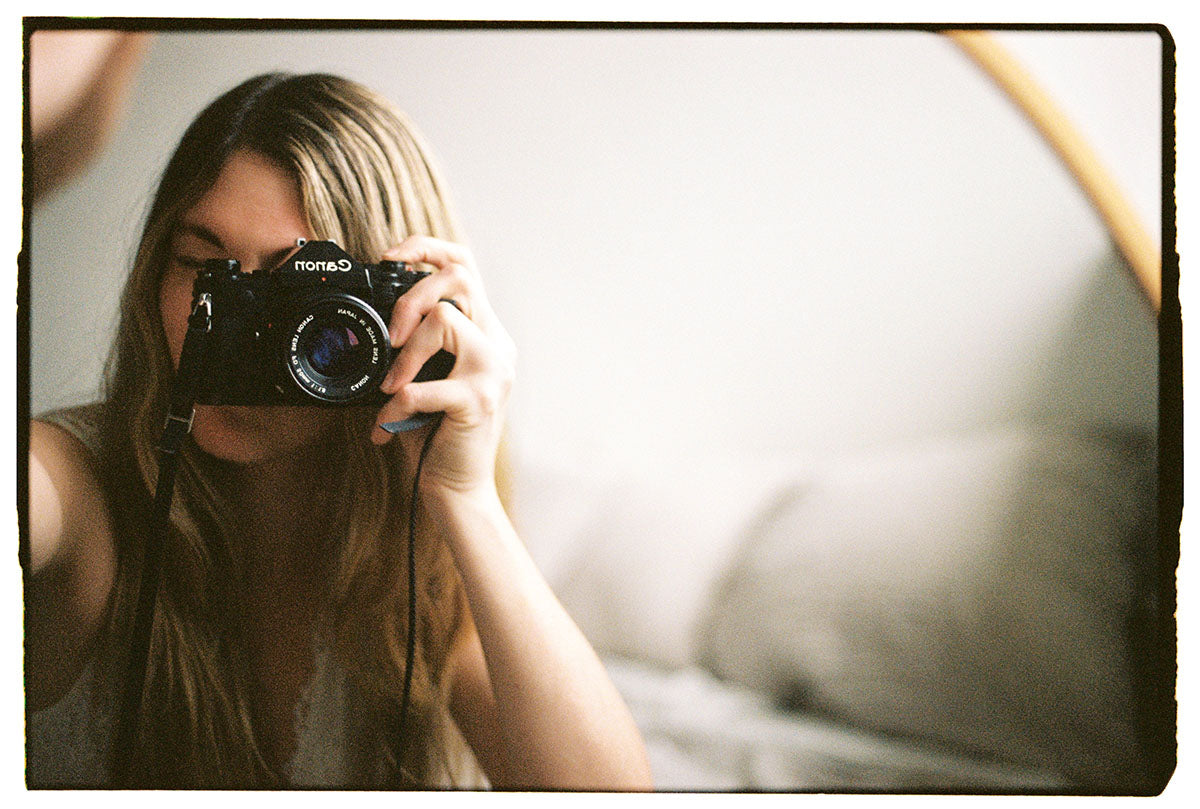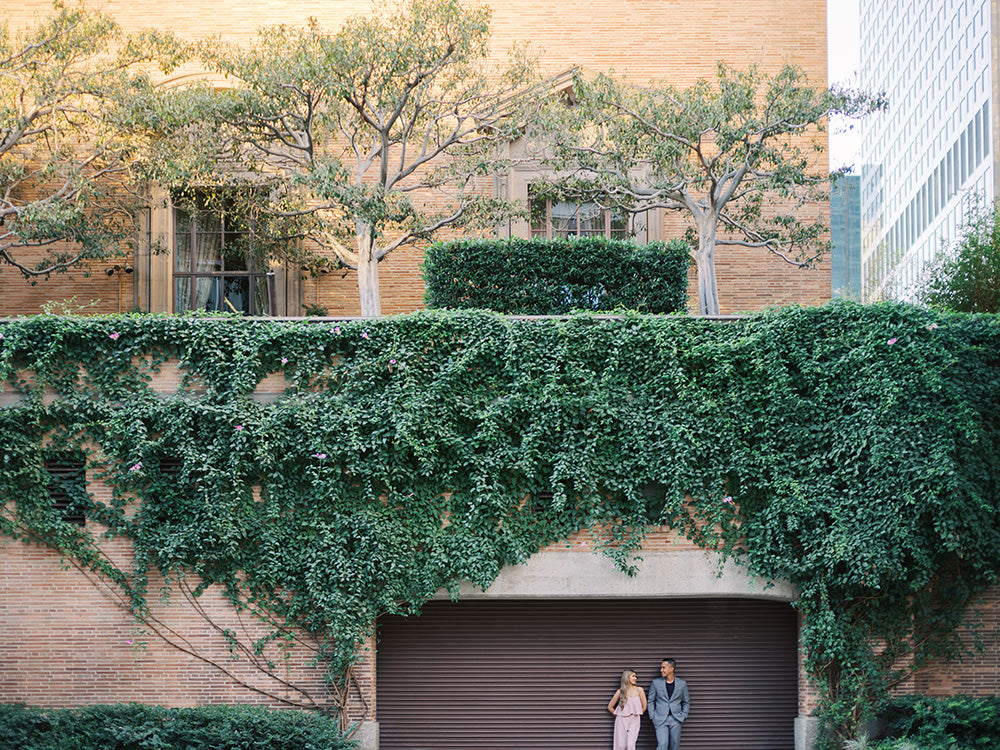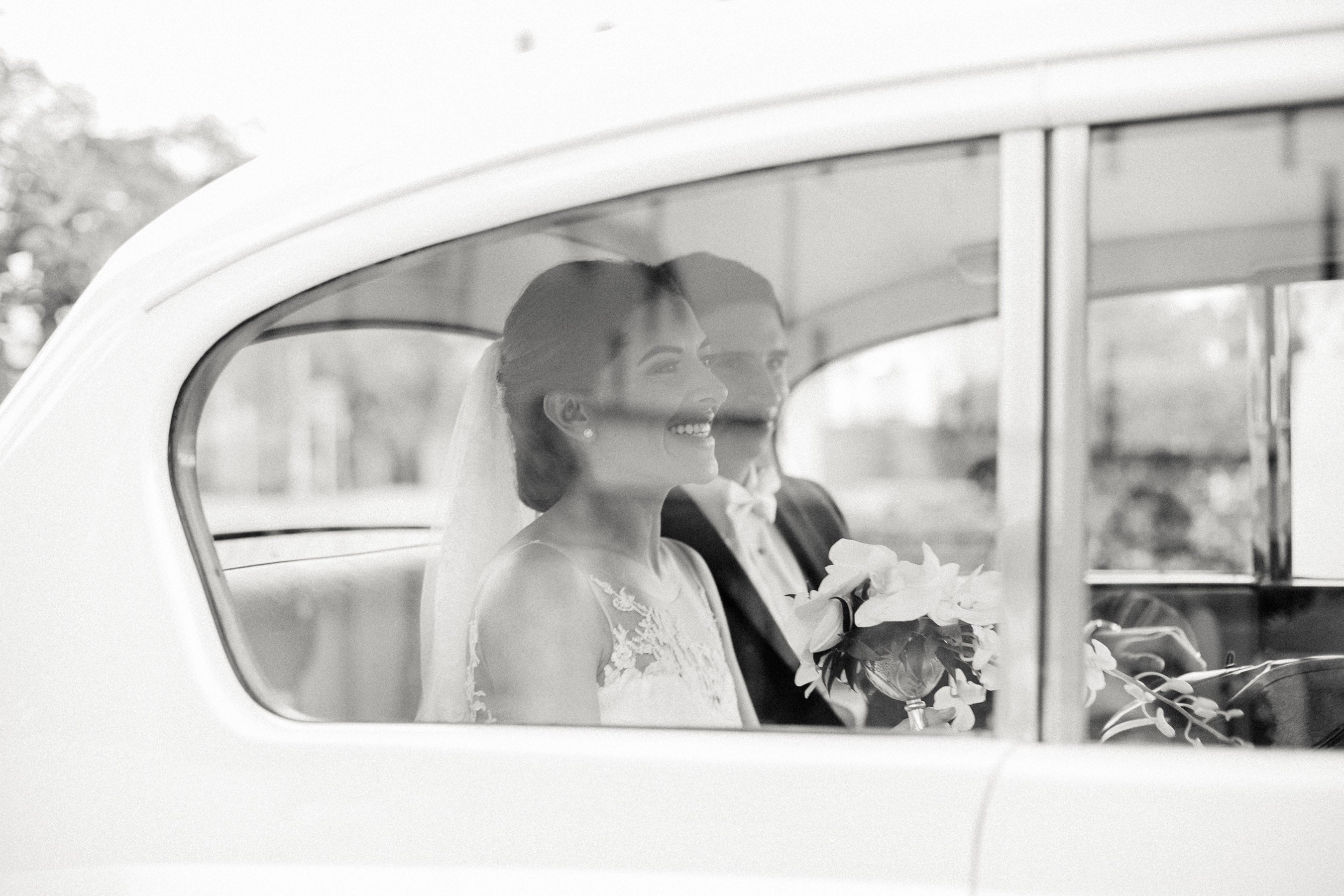What’s in the Name // Understanding TAP
What’s in a name? Looking at The Archetype Process names might be a bit confusing at first but there is a lot of meaning behind them. If you’re new to the TAP profiles or have been using the TAP profiles since the C1ick Match days, everyone is going to get to learn this together because there are a few changes in this update (Feb 2021) that should make everything a bit easier. Let’s get to it!

Pro400H +2 Normal Frontier
First things first, each profile is organized into a folder that is named based on the profile pack. In the case of the profile example we are using it is Fujifilm Pro Normal.
We decided that following how a film shooter would go through the process of shooting film is the best way to name every one of our profiles. A quick breakdown how we would go through this process as film shooters is as follows… Film type, exposure value, telling the lab what processing to use during development and finally which scanner is used to scan the film.
The first part of the profile name is the film stock that has been profiled. This is pretty self explanatory and in the example name is the Pro400H part.
The next part you will see is the exposure value (-1, 0, +1, +2). This refers to what most of us hear as being overexposure, underexposure or box speed. -1 means that the film is 1 stop underexposed, 0 means that the film was exposed at box speed, +1 is one stop overexposed and +2 is two stops overexposed. This value is incredibly important because it will affect the look of your photos by affecting the contrast and saturation. To see this in action, check out a box speed (0) profile compared to an overexposed 2 stops (+2) profile. The +2 profile will have cooler shadows and more saturation.
The development is the next part of the name and will include Normal, Pushed +1 and Pushed +2. This refers to the part of the film process when the film is in the chemicals. The longer it is in the chemicals the more contrast it will have. This is very obvious with profiles that are pushed two stops. If you like a moody, more contrasty look, the pushed profiles are for you!
The last part of the name is the scanner being used. Each film stock has been profiled using either the Fujifilm Frontier scanner or Noritsu scanner. The Fujifilm Frontier is known for having more contrast and great color separation while the Noritsu is known for having a softer and smoother look.
Click here to check out the profiles for Adobe Lightroom and ACR



